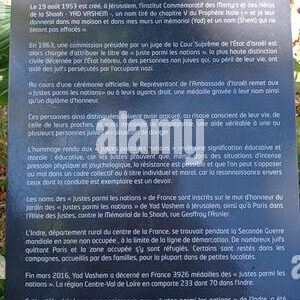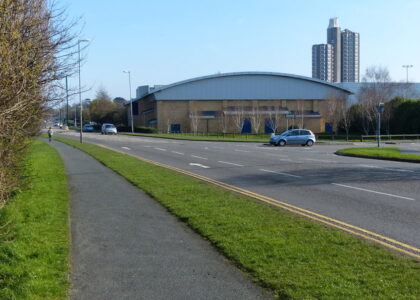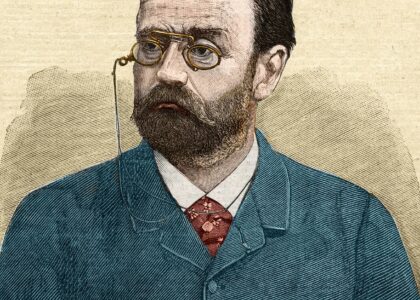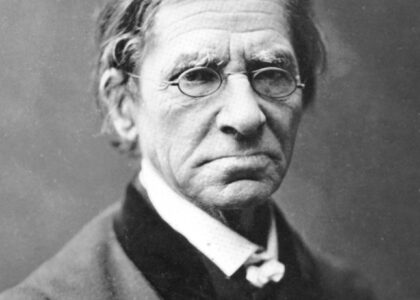Welcome to the historical locality of Rawson, a name that resonates with significant architectural and historical contributions. Rawson is home to the Rawson House, a distinguished example of Italian Villa architecture, built around 1870. This historic building is more than just a structure; it is a window into the past, originally owned by Jacob Lloyd Wayne before becoming the residence of Joseph Rawson, a prominent figure in Cincinnati’s meatpacking industry and later a vice-president at the First National Bank.
The Rawson House stands as a testament to the architectural trends of its time, with its brick walls and intricate wood and stone details that capture the elegance of the Italian Villa style. It was recognized for its historical significance and architectural beauty with a listing on the National Register of Historic Places in 1973, meeting all three criteria for this prestigious designation: significant historical role, connection to a historically significant person, and architectural value.
In 1978, Rawson House became a contributing property to the Clifton Avenue Historic District, further solidifying its importance in the historical and cultural narrative of the area. This district is a collection of properties that together tell the story of Cincinnati’s development and its architectural evolution.
Through the years, the Rawson House has seen the transformation of its surroundings, yet it remains a steadfast reminder of the past. Its presence along Clifton Avenue is a point of reflection for those interested in the rich tapestry of history that Cincinnati has to offer, encapsulating stories of notable figures and the architectural styles they favored.
As you stand before the Rawson House, imagine the vibrant life of its early inhabitants and the bustling city life that ebbed and flowed around it. This site is not just a house; it’s a narrative of growth, change, and the enduring legacy of those who shaped the community.





